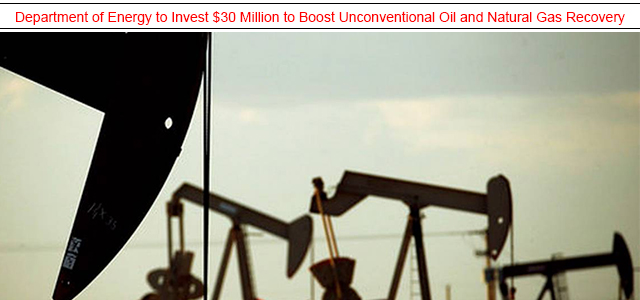
Despite the hype and massive automotive OEM investment in battery electric vehicles (BEVs), more than half (54%) of global auto executives say they believe these vehicles will fail commercially due to infrastructure challenges while 60 percent say excessive recharging times will do them in, according to the 2018 KPMG Global Automotive Executive Survey.
U.S. auto execs are far more skeptical than their global counterparts, with two-thirds saying BEVs will fail commercially as a result of these charging challenges. Consumers are equally skeptical of pure electric, indicating that they prefer hybrid technology or a traditional internal combustion engine.
For all their skepticism, however, OEMs have announced multi-billion dollar investments in battery electric technology. The KPMG research, which polled nearly 1,000 executives (including 90 in the United States) from leading automotive companies, found that automakers are bullish on investing across the electric powertrain spectrum. When asked where they would invest beyond the internal combustion engine (ICE) over the next five years, execs most frequently cited hybrids and plug-in hybrids (72%), followed by pure battery electric (69%) and fuel-cell (67%).
More than three-quarters of executives (77% global; 85% U.S.) say they believe fuel-cell electric mobility will be the real break-through for electric mobility.
“There is no question that automakers are adapting to stricter vehicle efficiency standards around the world, and electrification is a big part of that equation even as manufacturers continue to squeeze MPG out of internal combustion engines,” said Gary Silberg, (@slfdriveSilberg) Automotive Sector leader at KPMG LLP. “What’s unclear is the value proposition for consumers, especially on vehicles outside of the high-end, premium market. Given the multi-billion dollar investments (especially in China), the complex global regulatory environment and rapid technological disruption, there will be clear winners and losers in this EV game.”
When asked which OEMs they think will lead the field of electric vehicles in 2025, executives outside the United States most frequently cited BMW (21%) and Tesla (14%). U.S. respondents see things a bit differently, rating Tesla No.1 at 20% and BMW second at 15%. Ford was third at 8%, and GM and Toyota were tied in 4th at 7%.
Consumers Also Skeptical of BEVs
In conjunction with the executive survey, KPMG also surveyed 2,100 consumers from 42 countries (182 from the United States) to compare their perspectives. Only 13% of consumer respondents outside the United States and 5% in the U.S., said they would buy a pure battery electric vehicle over the next five years.
Instead, 50% of consumers outside of the United States indicate they would opt for a hybrid -- hybrid electric (33%) or plug-in hybrid electric (17%) vehicles -- over the next five years, or internal combustion engine (18%). U.S. consumers, on the other hand, say they’ll stick with ICE vehicles (54%), followed by hybrid electric (24%).
“The internal combustion engine is not perfect, but U.S. consumers will continue to stick with what they know and have come to rely on,” says Silberg. “Until the value propositions for alternative powertrains become crystal clear to them, consumers will make decisions based on convenience and the overall economics of owning a car – and right now a traditional vehicle still comes out on top for the vast majority of people.”
Meanwhile, 67 percent of all consumers surveyed say they don’t care about drivetrain technology, they just want the most durable, cost-competitive solution that gets them from point A to point B.
Source: KPMG





